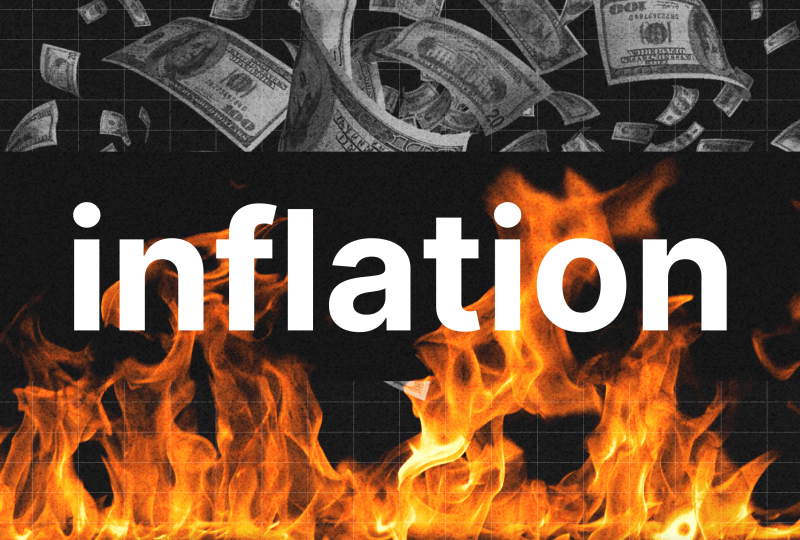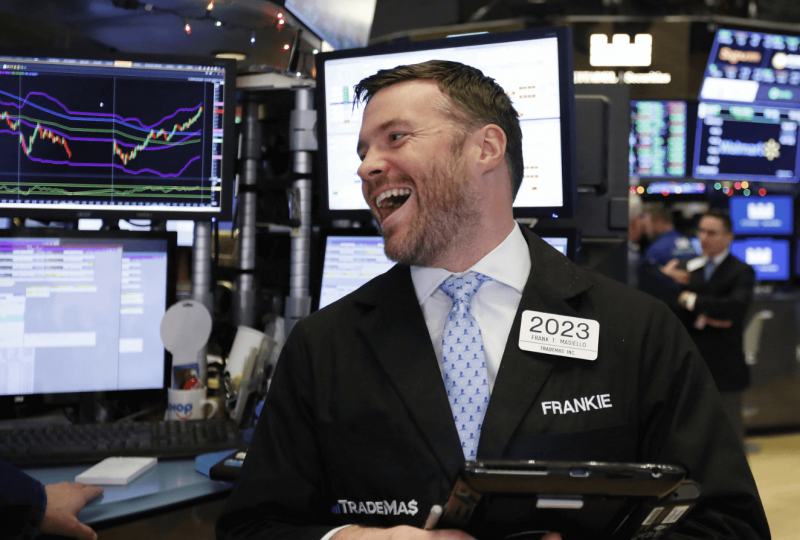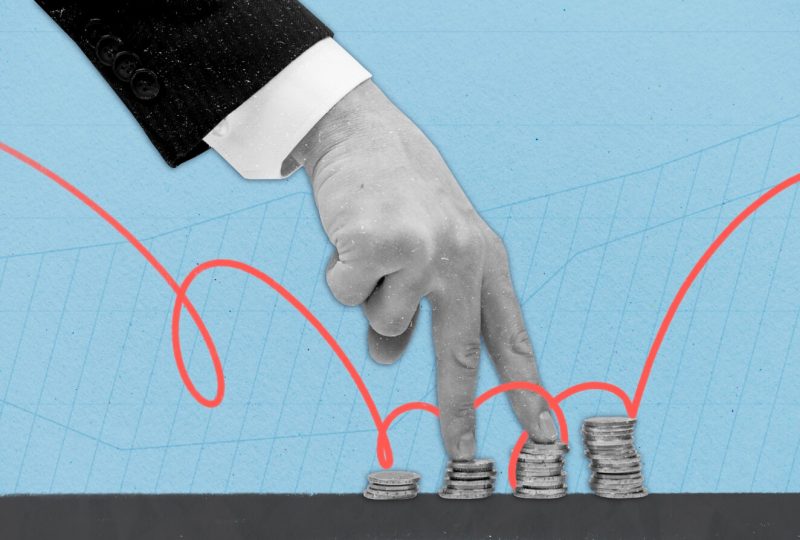Inflation News: Federal Reserve’s Dilemma and Delayed Interest Rate Cuts
Apr 11, 2024

The main pressing concern for the most influential economic institution in the United States, perhaps in the world, is still inflation. The Federal Reserve officials, whose core responsibilities include setting interest rates, managing the money supply, and regulating financial markets, are under serious pressure.
Recent inflation news indicates a continued price uptick, potentially postponing anticipated interest rate cuts. The latest report of the Bureau of Labor Statistics revealed a 3.5% increase in financial values from March 2023 to March 2024, surpassing expectations and signaling a challenge for policymakers. Despite hopes for a gradual decline in inflation, the ongoing surge in prices is prompting a reassessment of the timeline for monetary policy adjustments.
Analyzing the Inflation Trend: Understanding the Latest Data
The Federal Reserve had been eyeing potential interest rate cuts as a tool to combat inflation and stimulate economic growth. However, the latest inflation figures cast doubt on the feasibility of such measures shortly. With prices rising across various sectors, including housing and energy, policymakers face the dilemma of balancing economic stability with inflationary pressures.
The officials stated geopolitical turmoil and increasing energy prices remain risks that could push inflation higher. They also cited the potential that looser policies could add to price pressures.
Market pricing now implies the first rate cut will come in September, for just two this year. Before the release, the odds favored the first reduction in June, with three total, in line with the “dot plot” projections released after the March meeting.
Implications of Persistent Inflation
Douglas Holtz-Eakin, President of the American Action Forum, remarked that the Fed “is nowhere near where they’re going to need to be; March would not give anyone any confidence,” highlighting the hesitance surrounding the inflation trajectory. The prospect of delayed FED rate cuts looms large, with implications extending beyond economic policy to political considerations, particularly in the lead-up to the presidential election.
President Biden’s Outlook: When Will The Fed Lower Interest Rates?
President Biden acknowledged the challenges posed by inflation while expressing optimism about future rate cuts. However, the timing of such measures remains uncertain, with the Federal Reserve’s decisions intricately linked to evolving economic indicators. He mentioned: “This may delay it a month or so, I’m not sure of that. We don’t know what the Fed is going to do for certain.”
The Fed’s Mandate and Monetary Policy
The Fed’s mandate to maintain price stability while fostering maximum employment necessitates a nuanced approach to monetary policy. In parallel with persistent inflationary pressures, policymakers are struggling with the complexities of addressing economic imbalances without restraining advancement.
Market Sentiment and Investor Concerns
While the Fed aims to achieve its target inflation rate of 2%, recent data trends indicate a divergence from this objective. Rising costs in essential sectors underscore the need for vigilance in monitoring inflationary trends and adapting policy responses accordingly.
The Next Fed Meeting on Interest Rates
As policymakers gather for upcoming meetings, the debate over inflation and interest rates will likely intensify. The Fed’s ability to overcome these challenges will shape the trajectory of the economy and influence market sentiment in the months ahead. With inflationary pressures showing resilience, the path to achieving monetary stability remains full of doubts.
Final Thoughts: Interest Rates vs Inflation
To sum up, the intersection of inflation motions and monetary policy determinations is quite a hard task for the Federal Reserve. While the need for interest rate cuts persists, policymakers must be cautious to mitigate the risks of worsening inflationary pressures. In parallel with the advancement of economic indicators, the Fed’s ability to balance price stability and growth will be paramount in shaping the economy’s trajectory.




